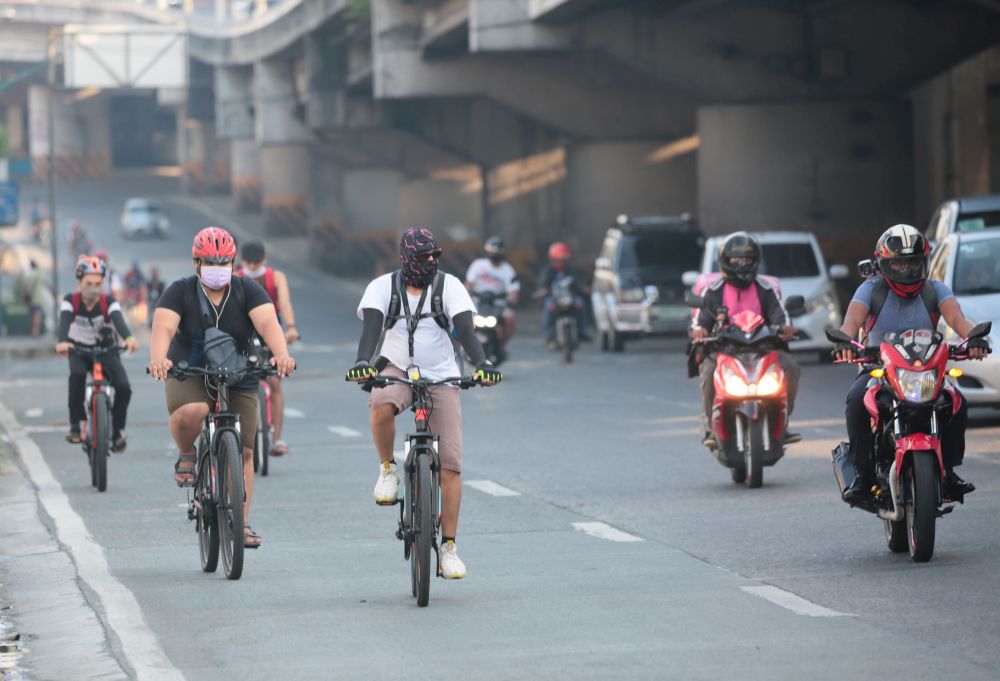Globe’s KapitWiFi technology bags two wins at 2020 APAC Stevie Awards
For its continuous efforts to innovate its products and services and make them more accessible to a broader market segment, Globe Telecom has again received international recognition as it bagged two Asia Pacific Stevie Awards in 2020 for KapitWiFi.
KapitWiFi, the newest and most affordable community WiFi service from Globe, received a Silver Stevie Award for Innovation in Technology Development and a Bronze Stevie Award for Innovation in Consumer Products & Services.
The service is designed to provide reliable at-home internet experience to underserved communities and transients in low-cost residential developments. Through KapitWiFi’s breakthrough technology, customers who are on a limited budget or allowance can choose from a variety of prepaid data packs that are well within their means. They can likewise enjoy surfing without having to invest for an additional modem, or spend time in internet cafes.
WiFi access points are deployed in strategic locations within the communities to allow the customers to access KapitWiFi from their homes. To avail of the service, a customer simply has to connect their WiFi- enabled device, register their mobile number, and purchase a KapitWiFi data pack with their prepaid or postpaid load. Data packs start for as low as PhP15 for 1GB, valid for one day.
KapitWiFi made its big launch in Tacloban and Iloilo in 2019, enabling quality and secure internet connectivity to help transform target homes to a more digitally-capable and empowered community. The service since then was successfully deployed in a number of barangays and vertical sites nationwide, serving thousands of households and underserved families to date.
The vision for KapitWiFi today is to power the next 2 million users in collaboration with property developers, to provide fast and reliable internet. As of early this year, the service is available in select residential areas in Metro Manila, Cebu, Tacloban and Iloilo.
“KapitWiFi is one of our efforts to continue Globe’s commitment in bringing broadband services to more Filipinos across the country, especially those in communities beyond Metro Manila and commercial frontiers. In this new normal, Globe strives to empower more families and communities to recreate their world right at home through affordable, accessible and easy-to-use Internet connectivity,” shares Darius Delgado, Vice President and Head of Globe’s Broadband Business.
Recognized as the world’s premier business awards, the Stevie Awards was created back in 2002 to honor and generate public recognition for the achievement and positive contributions of organizations and working professionals worldwide. The roster of judges for the Asia Pacific Stevie Awards is composed of many of the world’s respected executives, entrepreneurs, innovators, and business educators.
Learn more about this story via https://www.globe.com.ph/about-us/newsroom



